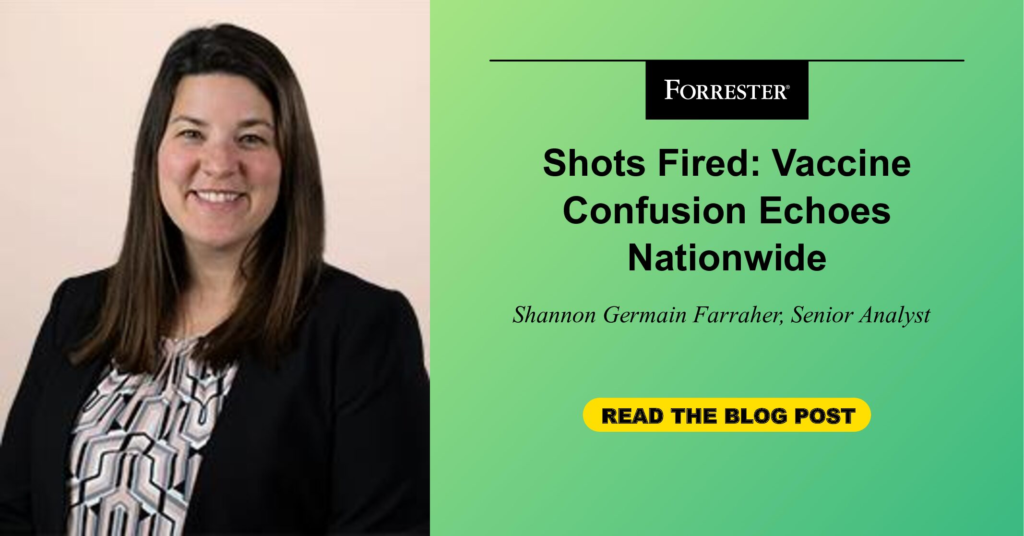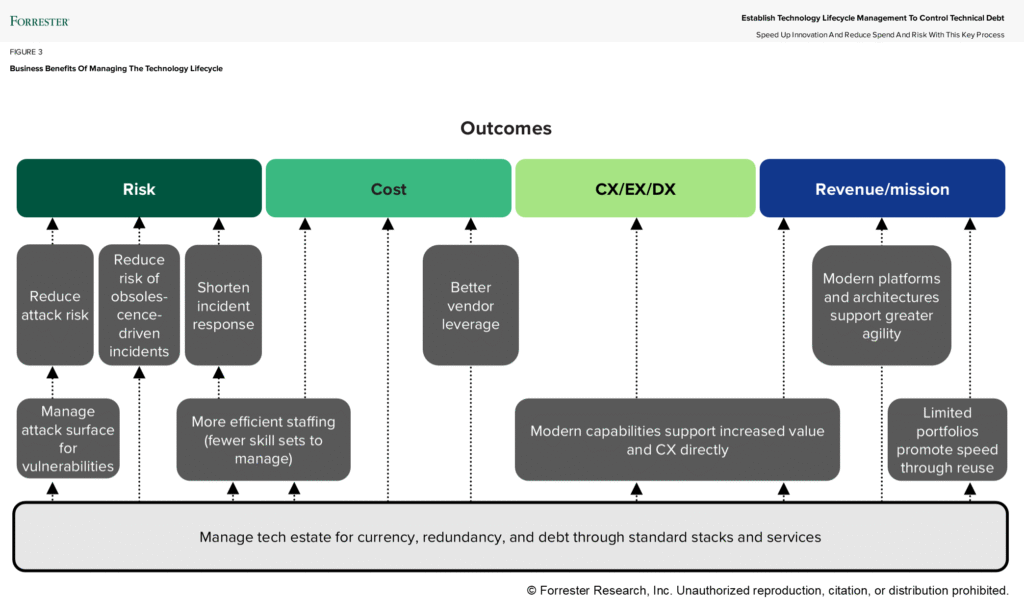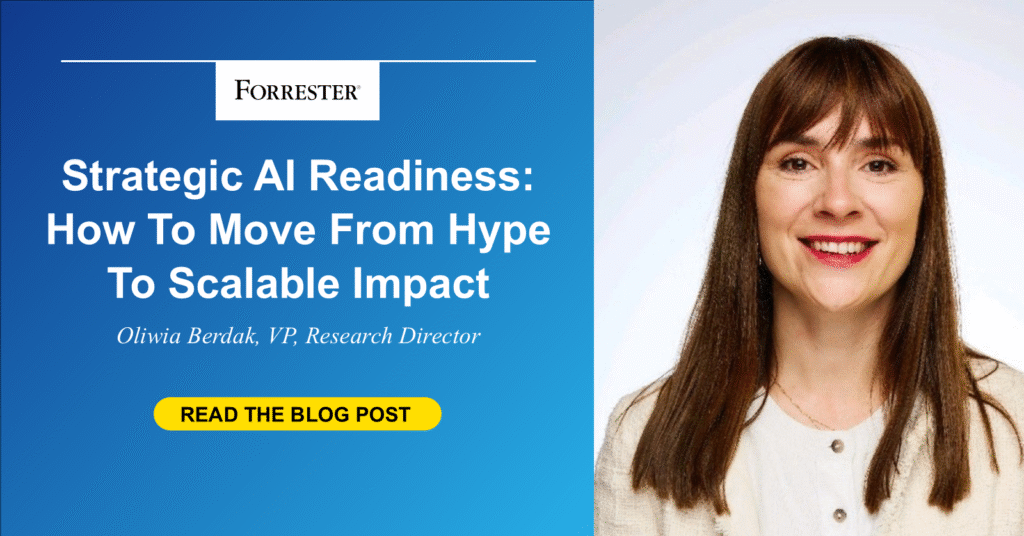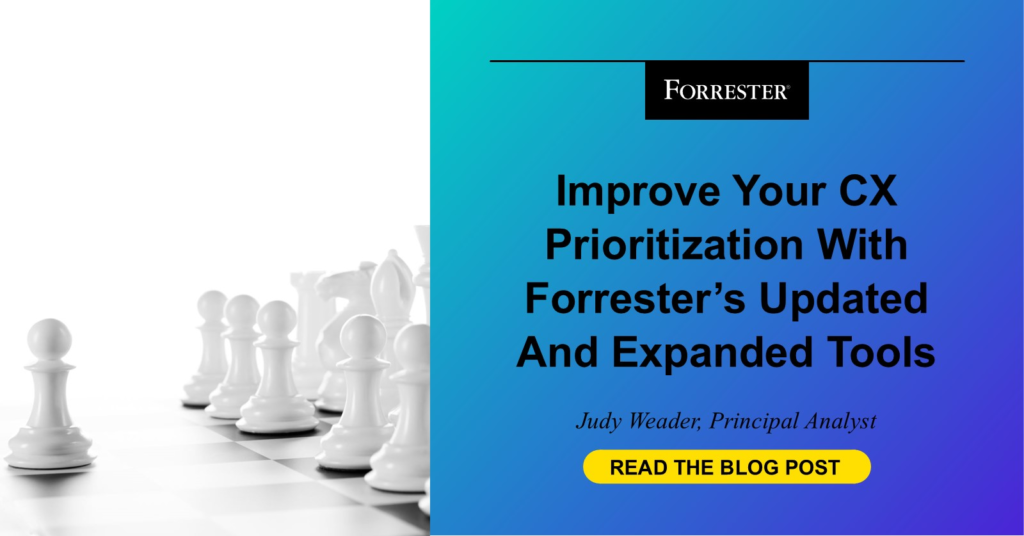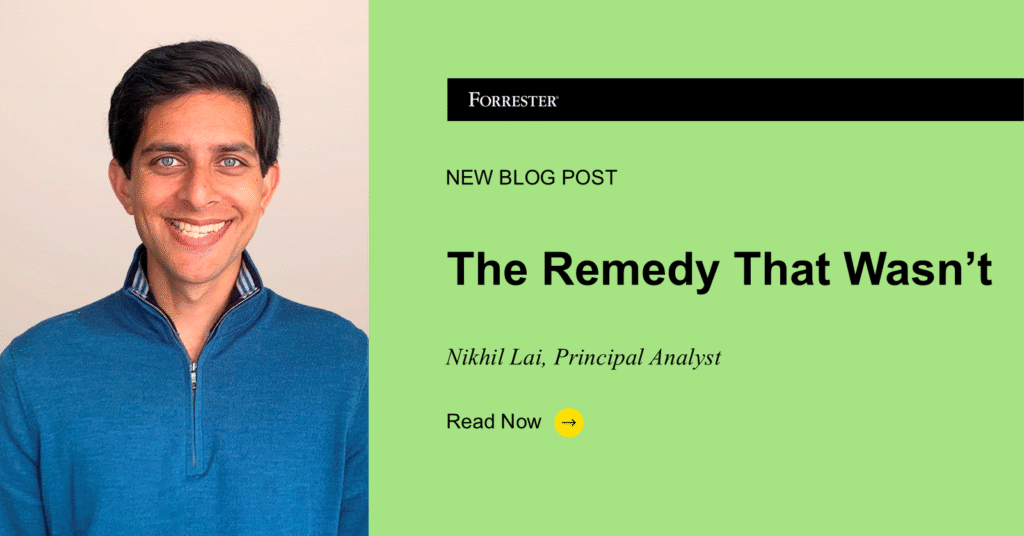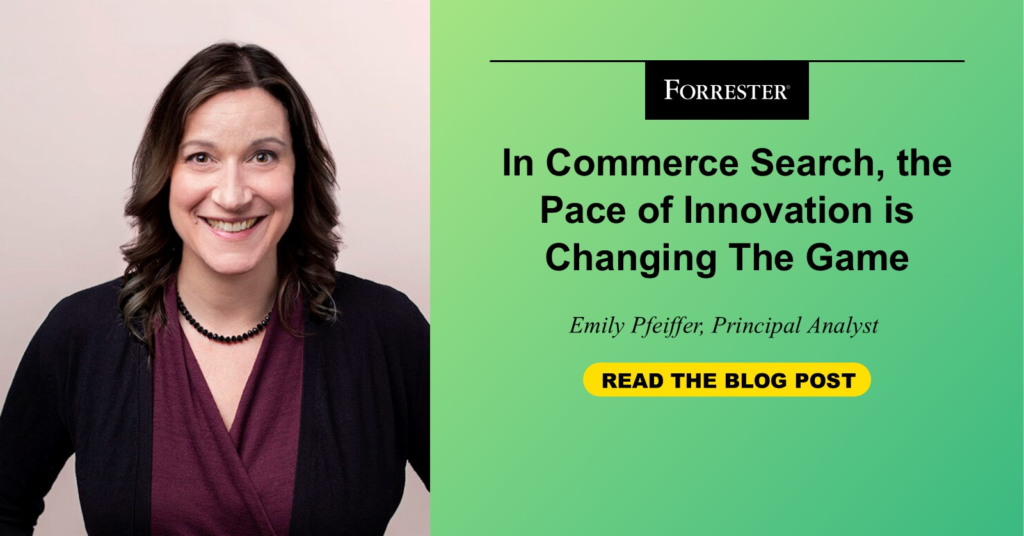Rewind And Fast Forward TV Advertising
TV’s stakeholders — consumers, advertisers, and publishers — are out of sync. Consumers love streaming TV but say they don’t want streaming TV ads due to their frequency and irrelevance. Advertisers adopt genAI to try to make ads more compelling, but according to one member of Forrester’s Market Research Online Community, “when brands use generative AI in TV commercials, they lose their authenticity.” Consumers want to stream live sports, so publishers like Disney and Netflix lure live sports fans to streaming TV, which seems like a win-win but complicates viewing. For example, in the NFL’s first week, consumers toggled between as many as eight streaming services to watch all 16 games. Next summer, the World Cup will spread across four streaming providers, adding friction to consumers’ fandom while duplicating advertisers’ reach. One of advertisers’ greatest challenges with TV advertising is “streaming TV’s high CPMs,” according to Forrester’s Q2 2025 CMO Pulse Survey. TV advertising’s sellers benefit at TV buyers’ expense, and consumers are caught in the middle. Transcend TV’s Past And Potential To Maximize Its Impact Once an offline, live, consolidated medium, TV is now internet-connected, on demand, and convoluted. While TV’s digital transformation makes the medium more addressable, programmatic, and measurable, it also upends TV’s role in the funnel, media plans, and advertising’s supply chain. Across TV planning, buying, and optimization workflows, advertisers need a strategy that blends the best of TV’s past and present. For instance, gross rating points, which correlate with brand energy but distance TV from the bottom of the funnel, can be phased out in favor of new KPIs that measure TV’s full-funnel efficacy. Other elements of TV’s past, like index-based buying and cost-effective reach, remain useful. To make TV advertising’s past and future more than the sum of their parts, marketers should: Minimize TV supply chain’s time to value. A complex supply chain, including publisher ad servers, supply-side platforms, automatic content recognition vendors, demand-side platforms, advertiser ad servers, and more, needlessly complicates TV advertising. Avoid this by getting as close as possible to TV viewers. Transact directly with publishers using technologies like Warner Bros. Discovery’s NEO, which launched at this year’s upfronts. Other publishers are following suit, offering buyers direct access to premium video inventory across streaming and linear TV. Clarify TV’s short- and long-term impacts. Continue using unaided awareness surveys to measure TV’s long-term impacts on new-to-brand sales, as brands have done for decades. Pair them with proof of TV’s immediate impacts on the middle of the funnel. In partnership with TV measurement providers, learn how TV ad exposures cause consumers who would have searched for generic search terms to, instead, search for branded terms. This makes TV plus search a more profitable way to compete for traffic. Overall, optimize for metrics such as blended ROAS and marketing expense ratio, which capture TV’s near- and long-term values. To learn more, Forrester clients can check out our latest report on TV advertising and schedule a guidance session to game-plan total TV. Always feel free to contact us with questions and feedback. source
Rewind And Fast Forward TV Advertising Read More »

